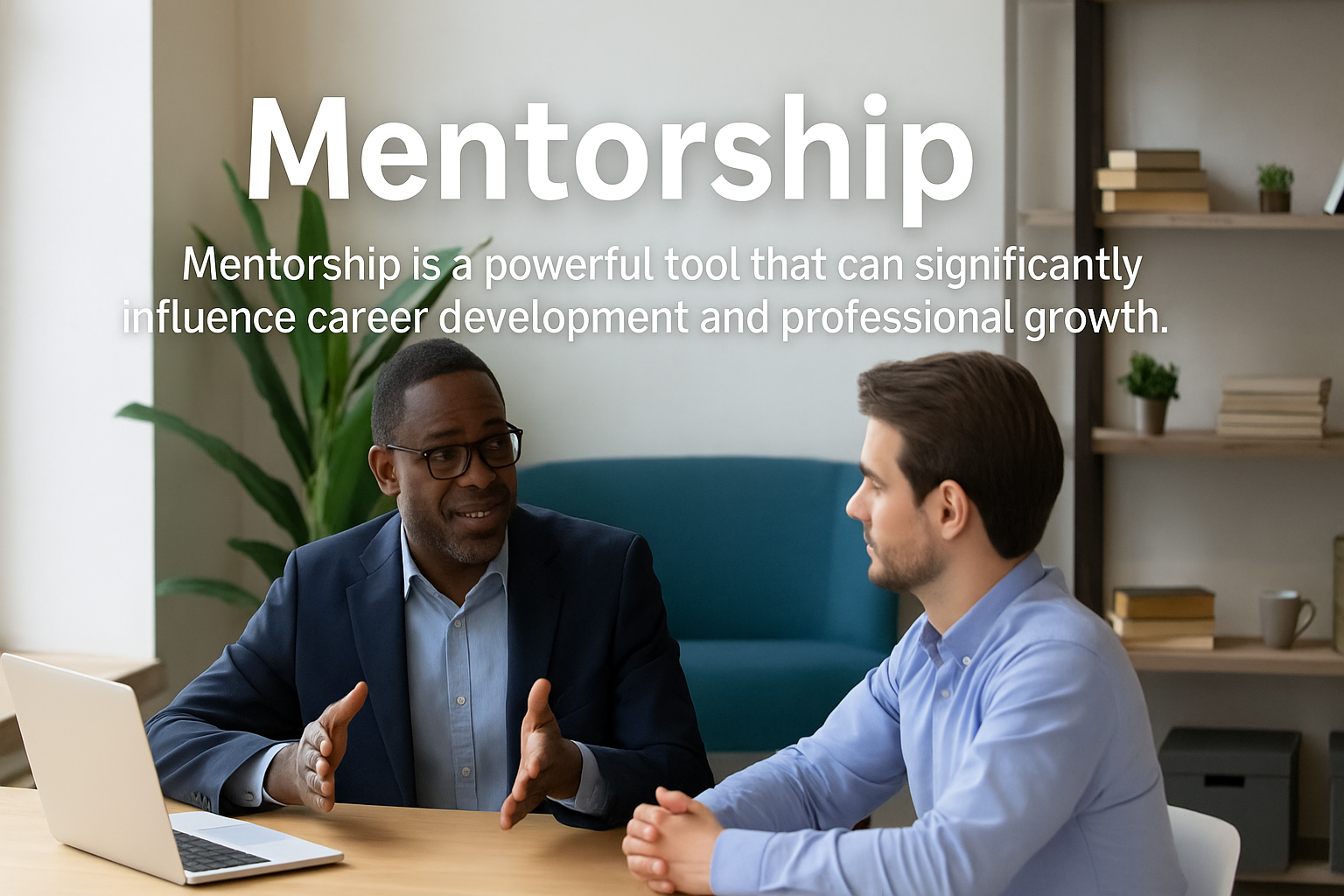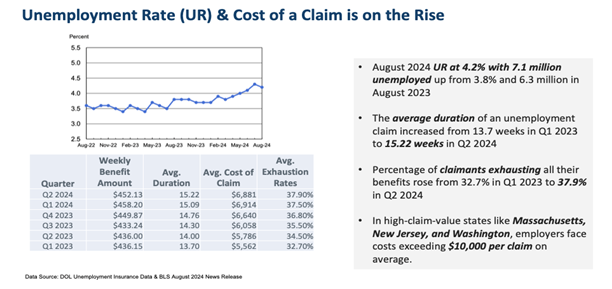.png)
Human First: How Compassion Drives Better Outcomes in Career Transitions
At NextJob, we believe that even in business, some moments are profoundly human.
Job loss, career change, and financial hardship test not only individuals, they test the cultures, communities, and leaders that surround them.
That’s why being Human First isn’t just a value for us. It’s the foundation of how we help people, employers, borrowers and communities recover stronger together.
Seeing the Person Behind the Job Loss
Every job search begins with uncertainty, but behind every résumé is a story: a career built, a family supported, a sense of purpose temporarily shaken.
Our coaching starts there.
Human First means meeting people where they are and restoring confidence. It means listening for the spark that helps someone reconnect with their strengths and imagine what’s next.
Because when people feel seen and supported, they move faster, farther, and with more resilience.
Why It Matters for Employers
Layoffs will always be hard, but how an organization manages them defines its culture long after the exit conversation ends.
Providing outplacement isn’t simply a benefit for departing employees, it’s brand protection for employers.
When leaders extend compassion and real career support, they preserve trust among remaining employees, strengthen their reputation, and demonstrate that values aren’t conditional on circumstance.
Human First leadership turns a difficult moment into proof of integrity. That protects what matters most: your people and your brand.
Why It Matters for Borrowers & Communities
For lenders and partners, the same principle holds true. Behind every delinquent mortgage or loan is a household facing job loss. A new job doesn’t just stabilize income, it keeps families in their homes and communities intact.
Jobs save homes.
Human First means helping people regain both employment and hope, so the ripple effects of hardship stop before they spread.
How We Live It
- Personalized Proactive Coaching: Every client receives proactive one-on-one guidance, accountability, and encouragement tailored to their goals.
- Compassionate Communication: We treat every interaction as an opportunity to affirm dignity and restore confidence.
- Purpose-Driven Partnerships: We work with employers and lenders who share our belief that compassion is good business.
The Human First Difference
At NextJob, we measure success by more than placement rates. We measure it in confidence regained, cultures strengthened, and communities stabilized.
Because when organizations put people first, performance follows.
That’s the power of a Human First approach — and it’s how we help employers, homeowners, and job seekers protect what they’ve built and rebuild what’s next.
💬 Ready to turn exits into reinforcements of your values?
Reach out at https://www.nextjob.com/contact to talk now, or visit www.nextjob.com/solutions to learn more.
Follow us on LinkedIn at www.linkedin.com/company/next-job/















